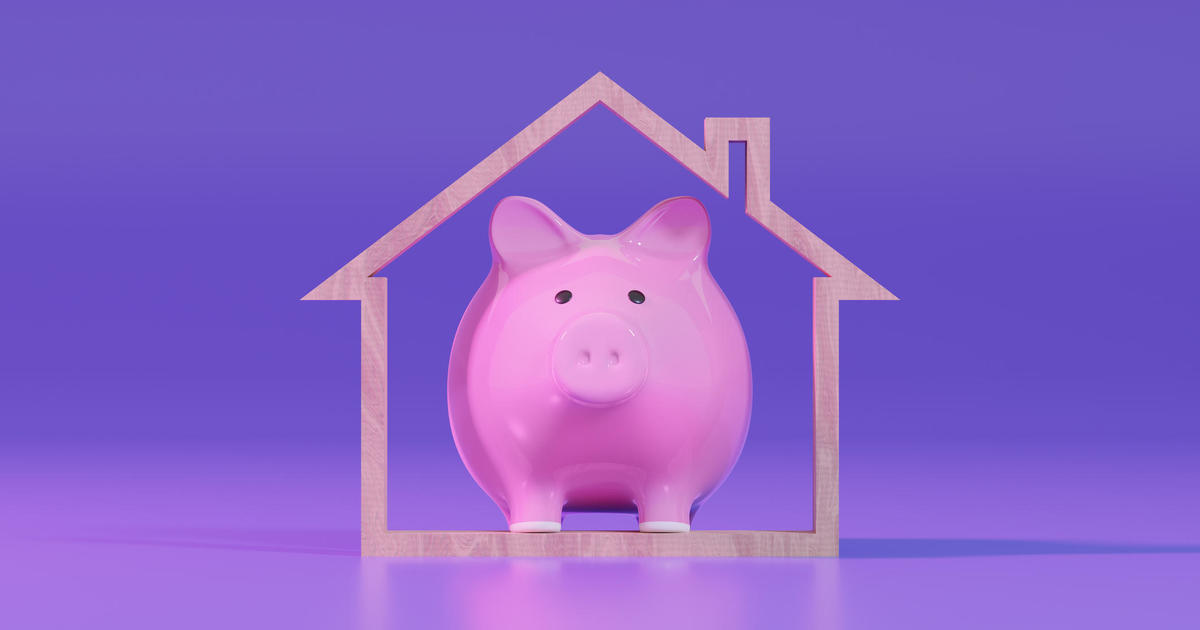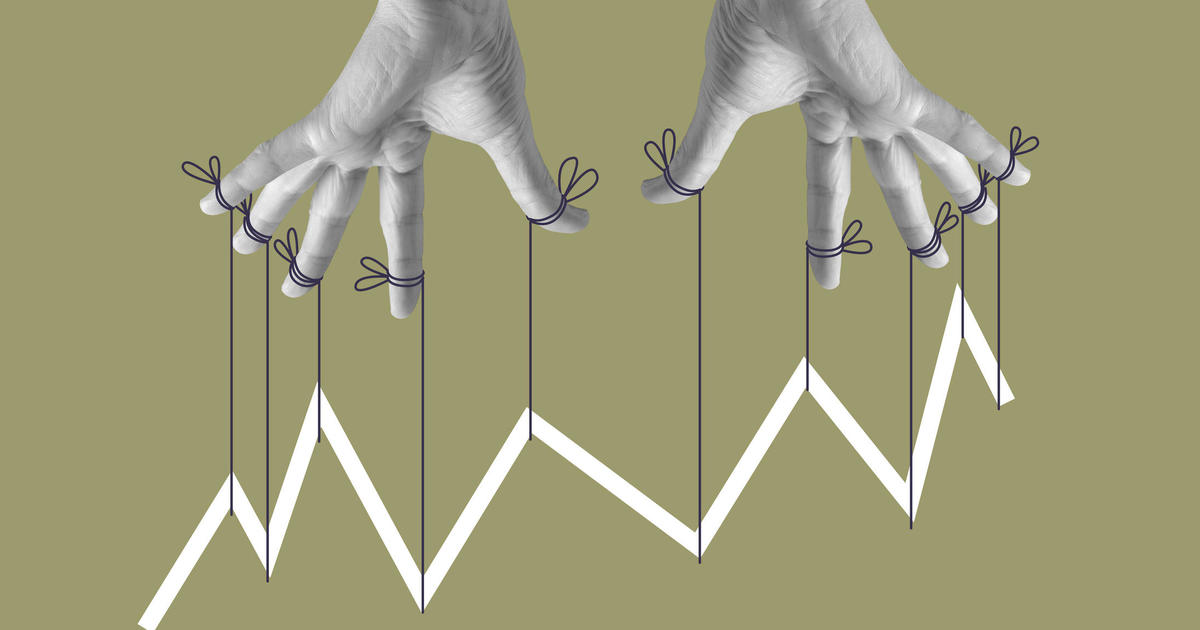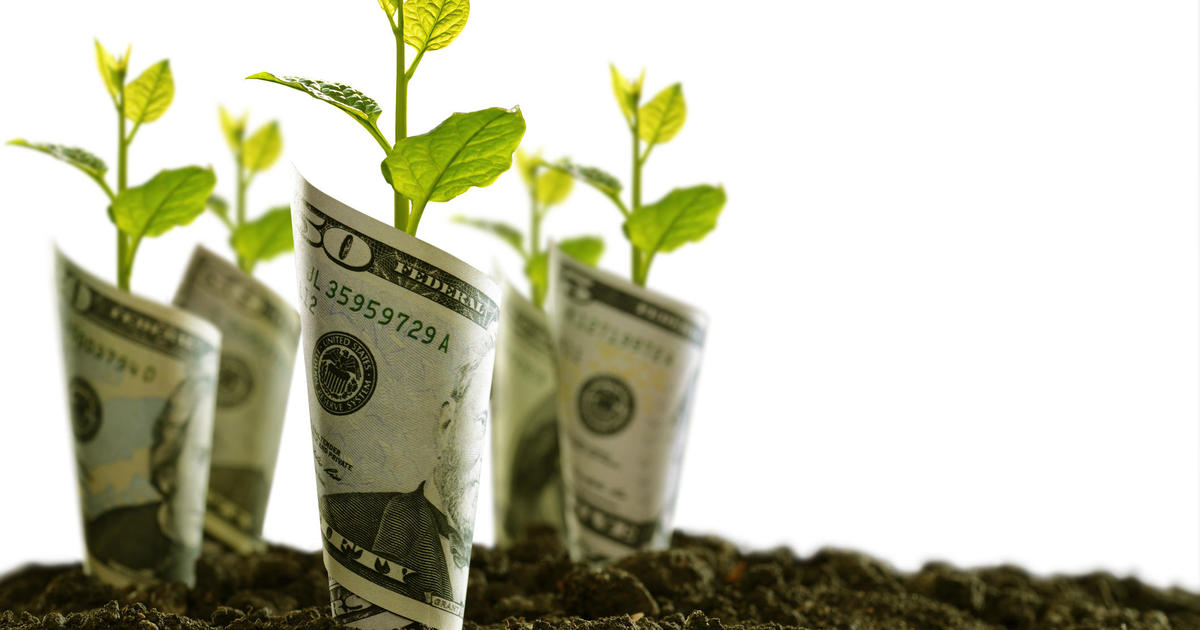Americans are eating into their pandemic savings to handle inflation
Americans are tapping into substantial savings they've accumulated over the course of the pandemic, amid soaring inflation that's sending the costs of food, housing and other necessities way up.
During the start of the COVID-19 pandemic, Americans' cash cushions grew as they hunkered down, sheltered in place and stopped spending money on dining out, travel and more. They also benefitted from three rounds of stimulus checks, extra unemployment aid and Child Tax Credit payments.
At their peak in December 2021, Americans' excess savings totaled $2.7 trillion, according to a Moody's Analytics analysis. Meanwhile, inflation has flared this year, reaching a 40-year high, as prices for everything from gasoline to food have surged. That has crimped household budgets as wages for many workers aren't keeping pace.
"American consumers have significant savings that they built up during the pandemic to supplement their incomes as they try to digest this high inflation," Mark Zandi, chief economist at Moody's Analytics, told CBS MoneyWatch. "So far, they have enough savings to cushion the blow."
High-income families socked away money by not traveling, eating at restaurants and otherwise spending like they normally would due to pandemic restrictions. Low- and middle-income families benefited from robust government support, including enhanced unemployment benefits, stimulus checks as well as food and housing assistance.
By May, Americans' total excess savings dipped to $2.5 trillion, more than 10% of the country's gross domestic product (GDP), according to Zandi.
Low-income workers' wages rise fast
The bottom 20% of earners is the only group that didn't tap their pandemic savings during the first quarter of the year, Moody's found.
That's because workers employed in low-wage industries like hospitality, retail and health care have seen their wages rise faster than inflation.
"They haven't begun to draw down their savings because of very strong wage growth for low-wage workers," Zandi said. "They've been getting wage increases that are larger than the increases in inflation."
Middle and higher-income workers' real wages, on the other hand, have lost ground, given they are growing at a slower pace than inflation.
Consumers continue "to do their part"
Zandi estimates that if inflation remains roughly where it is, at 8.6%, lower-income households have about a six-month runway before they'll start to run out of savings to spend.
"We've got a little bit of room here and hopefully inflation starts to come in, in the next few months. So far, these savings have been a very important financial cushion for most households, and that's why consumers have continued to do their part," Zandi said.
He added, "They're not out spending with abandon, but they're also not running for the bunkers either. They're still out there spending like they would typically, despite the very high inflation and hit to real incomes and purchasing power."
Despite the cushion in their pandemic savings, however, lower-income Americans could run out of spending power if inflation continues to rise and the U.S. enters a recession.
"With each passing month things are getting tighter and tighter, but they have managed through reasonably well," Zandi said.
The U.S. has a 40% chance of entering a recession in the next 12 months, Wall Street economists predict.
Zandi said American consumers are what stand between the U.S. economy and an economic downturn.
"They are the firewall between an economy that continues to grow and a recession," Zandi said. "And it seems strong in part because of all these excess savings even for low-income groups."




